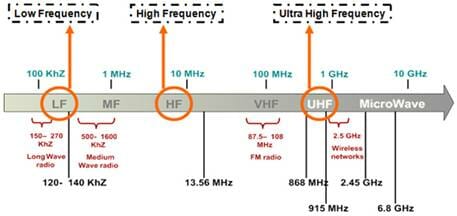
RFID systems are divided into 4 different operating frequency ranges, each with their own characteristics and for convenience, we have compiled some of the differences here for you:
(picture provided by LSaranzaya at Wikimedia Commons)
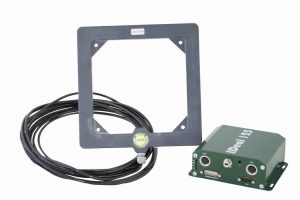
LF – Low frequency (125kHz and 134.2kHz)
The LF range is one of the oldest and most wide-spread frequency ranges for RFID. It is also one of the most globally adopted and are mainly used by assembly lines in the manufacturing industry as well as in distribution facilities where they easily can be integrated in, for example, conveyor belts. LF is used for relatively short reading distances and one of the advantages of the system is its insensitivity to water, ice and snow. An additional advantage is that the antennas are relatively easy to adapt to the needs of different applications.
The antennas for LF systems are typically composed of a coil of copper wire, if the mounting is in proximity to a metal space the wires is sound around a ferrous core. Antennas can be manufactured in many different shapes and sizes, from Ø5x18mm up to 400x400x15 mm. The LF range tags are passive and have relatively low data transfer rate.
HF – High frequency (13.56MHz)
The HF range is just as the LF range globally available for RFID applications, and like the LF systems they use near-field inductive coupling for communication and power-transfer between tag and interrogator. Even the HF tags are passive and the reading range is less than 1 m. The data transfer rate is higher than for an LF system but lower than for UHF. Another difference from LF systems is that HF systems can be implemented with anti-collision capabilities to facilitate reading of multiple tags int he interrogation zone. Due to the short reading range, this is however not often implemented to reduce cost and system complexity. HF antennas are typically made of less than 10 windings of copper, aluminium or silver coil, this makes them easy and cheap to manufacture, light and thin.
Typical uses are for smart shelves, library books, credit cards, airline baggage and asset tracking.
UHF – Ultra high frequency (433MHz and 860-960MHz)
For UHF systems, the 433MHZ range is used for active tags, while the 860-960MHz range (more commonly referred to as the 900 or 915MHz range) is used for both passive and active tags.
The reading distance for UHF systems is up to 10 meters and use far-field radiative coupling (backscatter coupling). All the UHF protocols includes anti-collision capabilities and have a higher data transfer rate than both LF and HF systems. UHF tag antennas are like HF antennas made of copper, silver or aluminium, but here deposited on a substrate and can be made very thin, less than 0.1 mm. A drawback with the UHF tags is that they cannot easily be read when mounted on objects containing water, and if mounted on metal objects the antennas need tuning for proper readings. The tags can also not be read if the path between interrogator and tag is blocked by objects of water or metal.
As a final note should be mentioned that the higher of the UHF frequency ranges (900MHz) is not uniformly regulated globally and The band size (allowed frequency usage), maximum power and number of channels used varies between different regions (North America, Europe, Japan, Australia etc.)
Microwave (2.45GHz and 5.8GHz)
Almost all tags use the 2.45GHz range at the moment. The Microwave tags are available as passive, semi-passive and active types and are usually even smaller than the UHF tags. Semi-passive tags have a reading range of about 30 meters, while active tags can be read at over 100-meter distance. The tags cost more than UHF tags but share the same advantages and disadvantages. The antennas differ in that they are directional, which makes it possible to sharper define the interrogation zone for passive and semi-passive tags and makes them easier to design for use with metallic objects. A drawback is the possibility of interference since they use the same frequency ranges as for example cordless phones and microwave ovens. Usage examples are fleet identification, highway tolls, and real-time location systems (active tags).
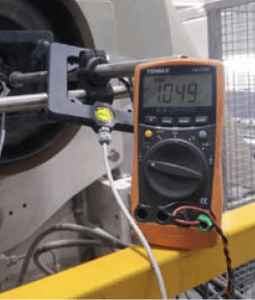 By connecting the ATC134 to a simple volt meter or oscilloscope you can easily find the resonance frequency and optimum capacitor values for your specific installation.If your system is not tunable, we recommend the use of our own Antenna Tuning Unit, with or without Tuning Indicator.
By connecting the ATC134 to a simple volt meter or oscilloscope you can easily find the resonance frequency and optimum capacitor values for your specific installation.If your system is not tunable, we recommend the use of our own Antenna Tuning Unit, with or without Tuning Indicator.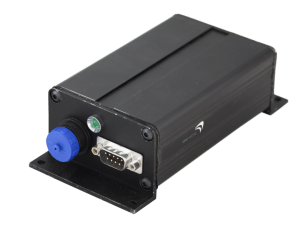

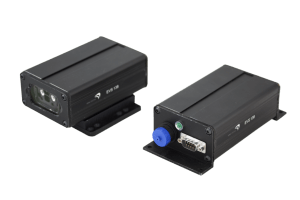
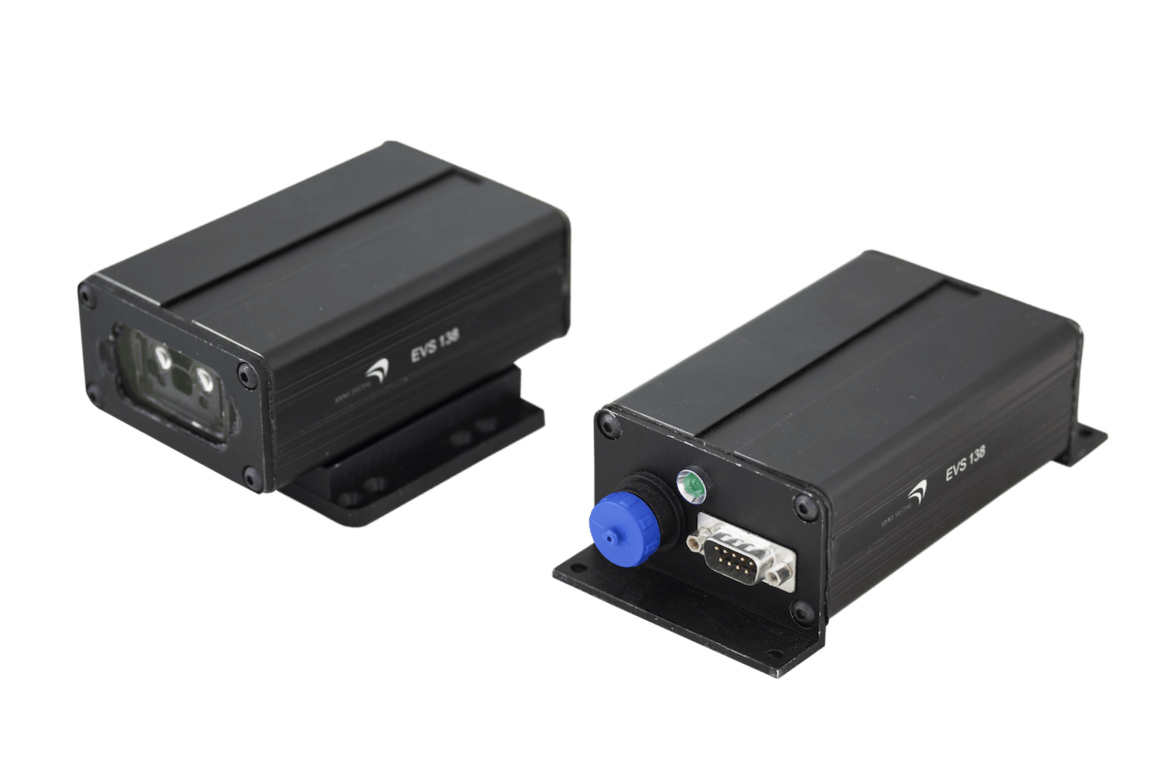
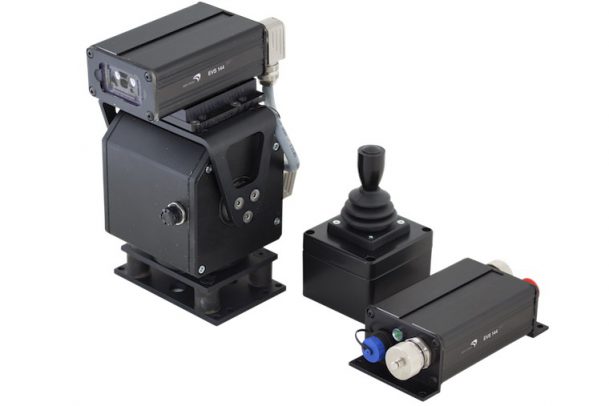
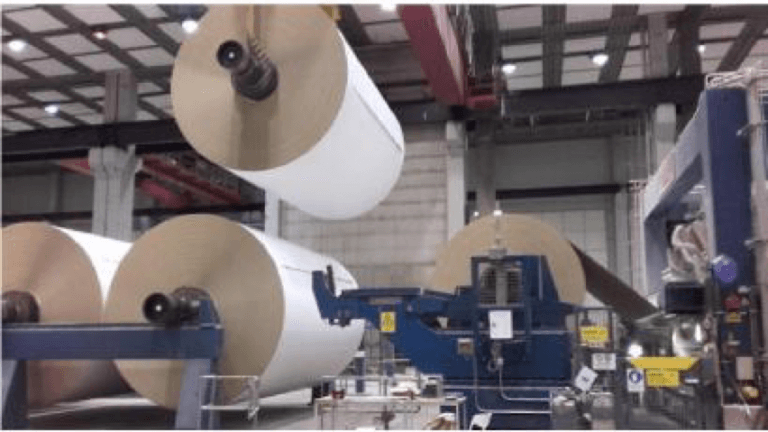
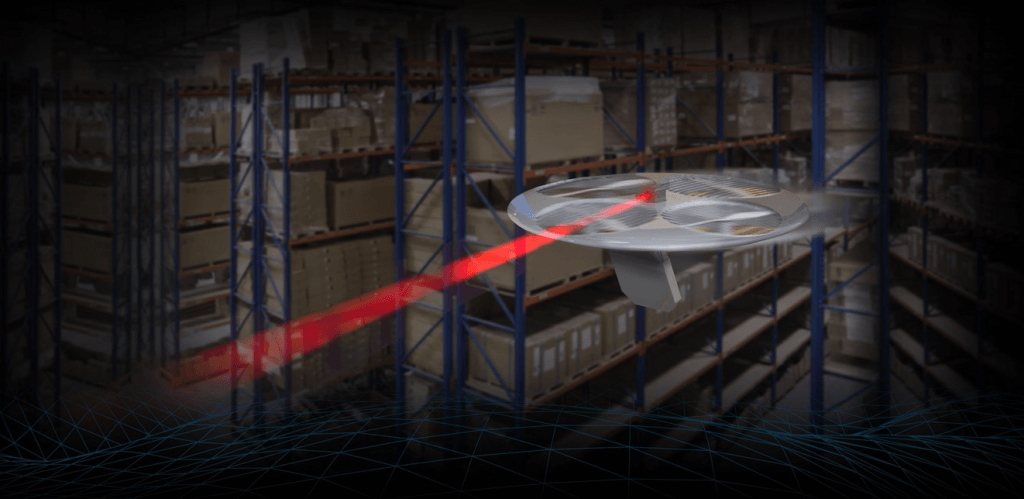 The drone solution is a state of the art solution and it will keep track of your inventory without any man intervention and work fully autonomous in your warehouse.
The drone solution is a state of the art solution and it will keep track of your inventory without any man intervention and work fully autonomous in your warehouse.